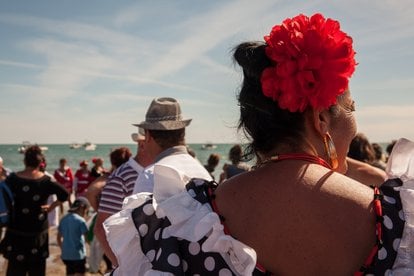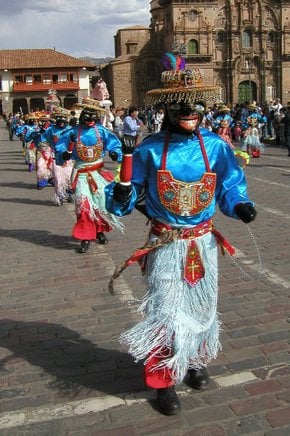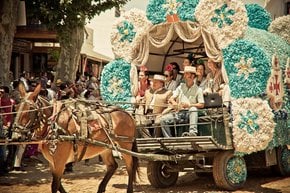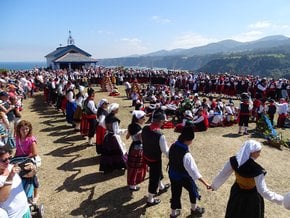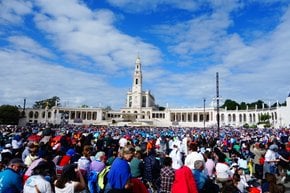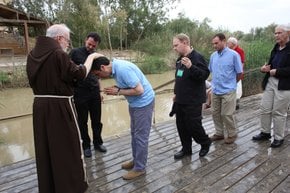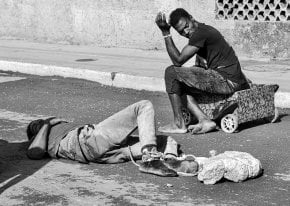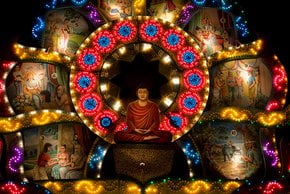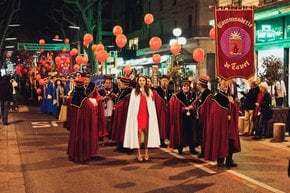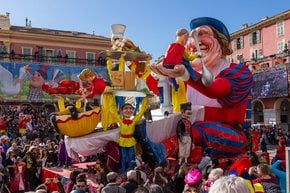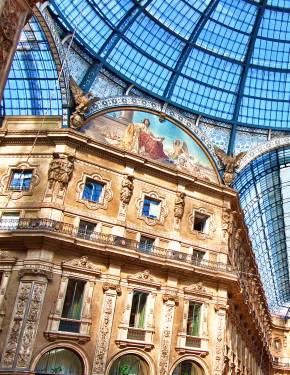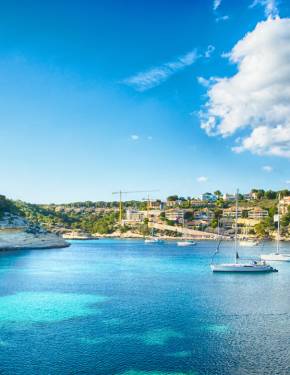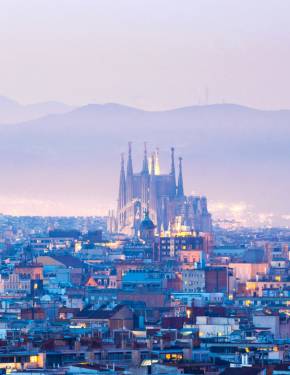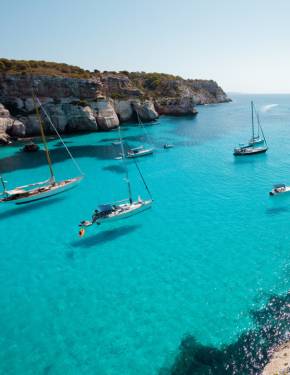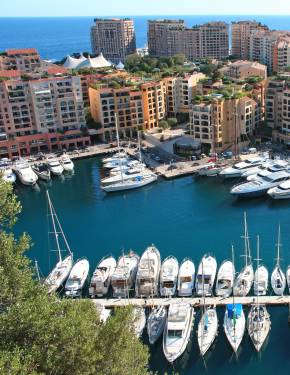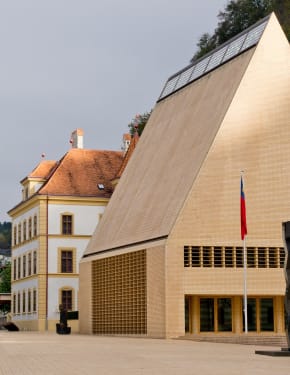The Gitan Pilgrimage 2026 in Provence & French Riviera
Watch a small sleepy seaside town of Saintes Maries de la Mer turns into a noisy and wild carnival with Gypsy dancing and music
Dates: May 24–May 25
There's one special day when hundreds of Europe's Gypsies gather in one place to participate in the Gitan Pilgrimage. The legend has it that back in the day, Saint Sara, Saint Marie-Jacobé, and St Marie-Salomé arrived here from Palestine, giving this small seaside town its name—Saintes-Maries-de-la-Mer. There's a medieval church in the town that is home to the statue of Sara-la-Kali or the Black Sara—the patron saint of Gypsies.
Components of Processions
Every year, a young woman who represents Sara and men on horses carrying the statue of Sara come to the beach and go into the water while other participants sing, play music, and dance. This symbolizes the waiting for and welcoming of the Saints Mary Jacobe and Mary Salome, the servant of whom Black Sara was. The music varies from Catalan flamenco and Parisian Gypsy jazz to Balkan brass music and Hungarian string music, so the celebration is very atmospheric, lively, and vibrant. After the statue is returned to the church, the celebration continues through the night.
The next day, the group of Gypsies, non-gypsies, ranchers on horseback, and Arlésiennes wearing costumes follow the statues of the Two Maries, which are taken to the sea. On board one of the traditional fishers’ boats, the Bishop blesses the sea, the pilgrims, the community, and the Gypsies. In the company of musical instruments and bells, the procession returns to the Church.
After the completion of this tradition, the procession returns to the church accompanied by musical instruments, bells, and shouts of joy. In the afternoon, the rite of transferring the relics to the "High Chapel" takes place in the church. This event is a great illustration of Gypsy identity, spirituality, and solidarity, as well as a celebration of their cultural heritage.
Black Sara
The patron saint of the gypsies, Sara, is considered a rather mysterious figure, and information about her remains unclear. According to the Camargue tradition, she was the servant of Saints Mary Jacob and Mary Salome in Palestine and accompanied them to the banks of the Rhone. Another version believes that she was the first female exile from the Holy Land who strengthened on the Provençal shores.

